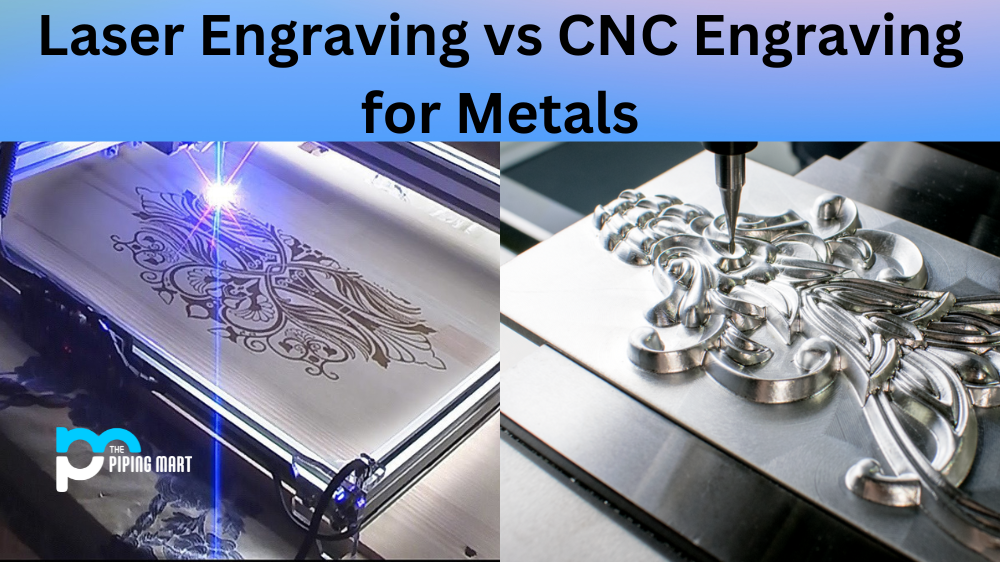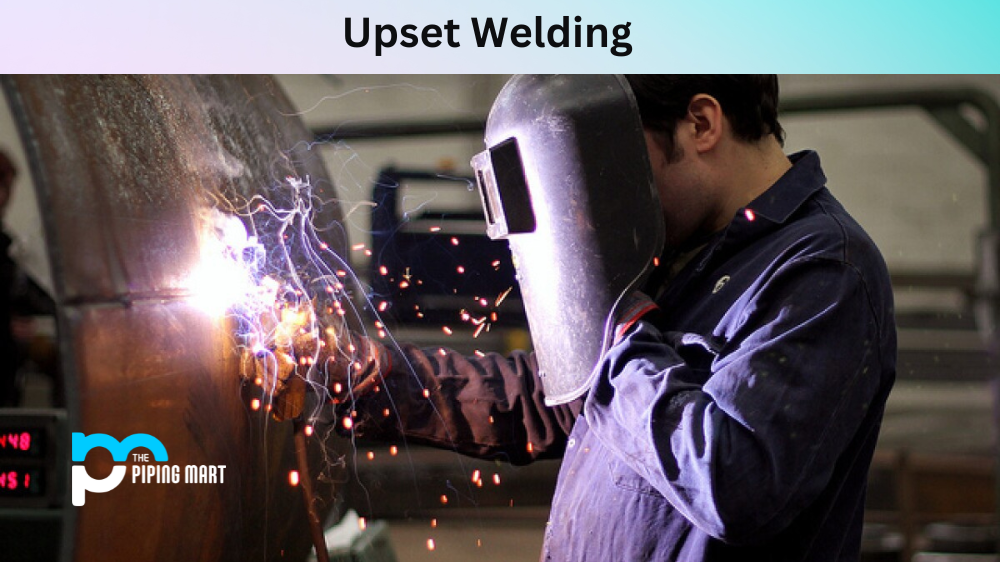Precipitation hardening (PH) stainless steels are a family of corrosion-resistant alloys that can be heat treated to produce tensile strengths of 850 MPa to 1700 MPa and yield strengths of 520 MPa to more than 1500 MPa, which are about three or four times stronger than austenitic stainless steels like type 304 or type 316. When a combination of high strength, corrosion resistance, and a typically modest but acceptable degree of toughness is required, they are employed in the oil and gas, nuclear, and aerospace industries. Including copper, molybdenum, aluminum, and titanium, either separately or in combination, results in precipitation hardening.
The most popular martensitic PH steel, 17/4PH, undergoes martensite transformation at low temperatures, typically about 250 °C, and is further strengthened during aging at temperatures between 480°C and 620 °C.
The austenitic-martensitic PH steels require a second heat cycle to 750 °C or 2 hours before cooling to room temperature to generate martensite. After solution treatment, these steels are practically entirely austenitic. To ensure the complete transformation to a stable austenitic/martensitic structure, some of these alloys must be refrigerated (-50/-60°C for eight hours) after this heat treatment, even though the two most widely used alloys, FV520 and 17/7PH, do not need refrigeration to achieve their ideal properties.
These alloys age at temperatures ranging from 500 to 600 °C. The austenitic grades are stable to room temperature, and the precipitates that occur during aging at 650 to 750 °C increase strength. These austenitic grades can be employed at cryogenic temperatures and display good toughness.
All three types of alloys should be supplied in the annealed, solution-treated, or overaged states for the greatest weldability. The weldability of alloys in sheets or strips may be severely hampered by cold working. Similar to many precipitation-hardening alloys, it is not easy to match the mechanical properties of the source material in the weld and has The maximal strength of a junction in semi-austenitic and austenitic alloys is estimated to be only around 90% of that of the base metal, even with matching welding consumables, a complete solution treatment, and age hardening.
Traditional arc welding techniques can join martensitic PH steels in the solution-treated state. However, the TIG (GTAW) procedure will yield the cleanest weld metal and the best toughness.
Power beam procedures allow even more excellent toughness (electro beam or laser welding). Most of the steels in this group have matching filler metals that make it possible to produce matching mechanical properties by using post-weld aging heat treatment.
If a joint is particularly tightly constrained, 17/4PH may fail at the fusion line during the aging heat treatment due to a type of reheat cracking. The component should be welded while overaged in these situations, followed by a solution heat treatment and the PWHT detailed below. Where lower strength joints can be tolerated or cracking due to excessive constraint is an issue, austenitic filler metals such as 308L or, for better weld metal strength, a duplex filler metal such as 2205 can be utilized. Due to embrittlement, PWHT is not feasible when a duplex filler metal is suggested or used for austenitic weld metal.
Due to these steels’ comparatively low carbon content, the martensite is relatively soft. Therefore, preheating is typically not required. However, for thick, strongly constrained joints (over 25 mm), a preheat of about 100 °C helps lower the danger of cracking. A maximum interpass temperature of 200 °C is advised due to the low temperature at which these steels convert into martensite.
As the weld is kept at a very high interpass temperature, the entire piece turns martensite when it cools to room temperature, and the volume shift that arises from this can cause a specific type of quench cracking. It has been discovered that cracking is caused by the partial penetration of butt welds and the stress-raising impact of the notch in the root of fillet welds. If the strength drop is tolerable, this issue can be resolved using a Tp308L root pass. Additionally, it has been shown that welding can cause HAZ hot cracks in 17/4PH castings; as a result, the maximum copper content for cast goods is 3%.
To guarantee that the steel is entirely martensitic, PWHT typically begins with a soak at 750 °C, is cooled to room temperature, and then is aged at 550 °C. Depending on the alloy’s composition and the temperature of the aging heat treatment, this should result in UTS of 900 to 1000 MPa, yield strength of 800 to 900 MPa, and ductility of about 15%.
In most cases, the semi-austenitic alloys are delivered in their solution-treated state. Welding thick and strongly constrained joints, for example, has been shown to benefit from a preheat of about 100 °C, even if the steel is fully austenitic and does not typically require it. Although TIG (GTAW) will provide the finest characteristics, all standard arc welding techniques are acceptable.
Because a significant amount of aluminum is lost during welding, inert gas-shielded techniques are favored for aluminum alloys such as 17/7PH. The weld pool is less fluid than the non-aluminum alloys. Parent metal sheared from strips is frequently used for TIG welding since it is widely available and has a composition that matches filler metals for the FV520. However, 17/7PH consumables are hard to find and expensive.
Alternate fillers include 17/4PH and FV520; the 17/4PH filler should preferably be preheated to 100°C before use. PWHTs are comparable to those used for martensitic steels, but without a complete solution heat treatment and a complementary filler metal, parent metal-like strengths are unlikely.
The fully austenitic PH steels should be welded under solution treatment, with a water or oil quench starting at about 980 °C. The HAZ is essentially unchanged from the parent metal because of the aging process, which takes about 15 hours at 720 °C to reach full strength. Therefore, during the post-weld aging procedure, maximum strength can be developed. Like austenitic stainless steels, these steels do not require preheating and are resistant to cold cracking. However, they are highly susceptible to heat cracking because they are entirely austenitic. As a result, welding thick sections can be challenging and calls for exact control of the welding environment, including low heat input, tiny weld beads, and interpass temperatures kept below 150°C.
Weldability in aerospace alloys like AMS 5858, which is the same as A286, has improved. The 17/10P grade is incredibly delicate and cannot be welded with matching fillers; instead, the highest chance of success is with a type 312 (29Cr/9Ni) filler. However, hot cracking in the HAZ is still a possibility.
Since many alloys contain titanium and aluminum, only inert gas-shielded arc welding procedures should be utilized. Other filler metals match the composition, again in aerospace grades like AMS 5804, and these can be aged to yield strengths nearly identical to those of the parent metal. Alternative weld filler metals include austenitic, duplex, or nickel-based metals.
As is clear, the metallurgy of these steels can be intricate. Therefore, if there are any questions about welding or heat treating, experts’ guidance should be sought.

Pipingmart is B2B portal specializes in industrial, metal and piping products. Also, share latest information and news related to products, materials and different types grades to help business dealing in this industry.




